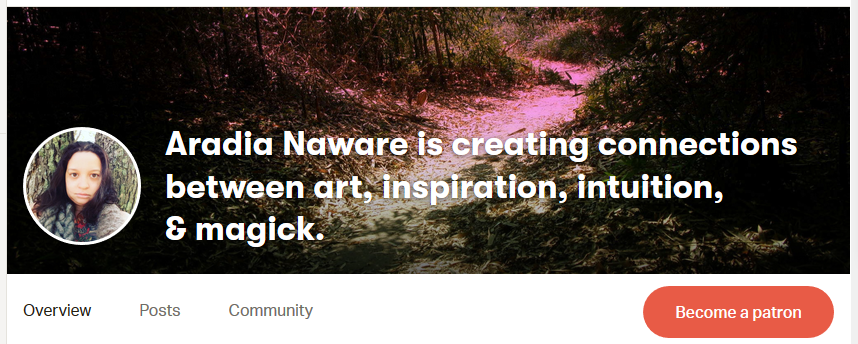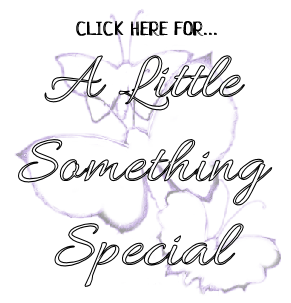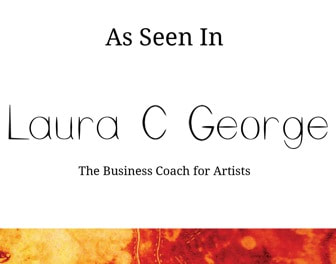So what is spinning anyway, come on and follow along my little journey through history...
As with many other arts and crafts, spinning has a number of terms that when understood make learning the art easier. If you're encountering spinning you'll likely come across these terms:
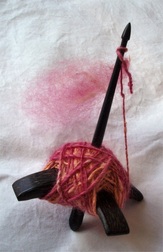
A tool for handspinning, traditionally made from wood. It may be weighted at the top, bottom, or middle with a whorl (typically, but not always, circular). It may be supported or unsupported. There are many types of spindles including Takli, Navajo, French, Turkish, and Orenburg.
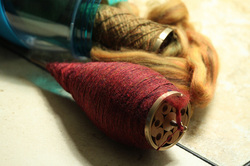
The term for the yarn spun on a drop spindle. It may be below the whorl in the case of a top or center whorl spindle, or above the whorl in the case of a bottom whorl spindle.
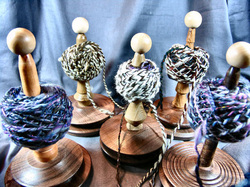
A rod which loose fiber is wrapped around to control while spinning. it may be held on the wrist or set upright on a flat surface.
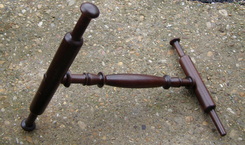
A tool used in the spinning of yarn to measure and wrap hanks. Wrapping is done in a V pattern achieved by the specific construction of this tool. Depending on the size of the niddy noddy it will produce a wrap of a certain length. To figure the length you merely multiply the number of wraps by a single wrap's length.
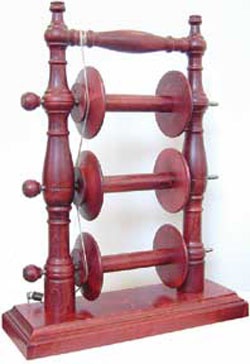
A tool used in both hand and wheel spinning that allows for the easy removal of yarn from the spindle. The spindle spins in a fixed position unrolling the yarn from the spindle for plying or hanking. They may be tensioned or untensioned. The construction may differ slightly for one made for drop spindles versus wheel spindles but the concept the same.
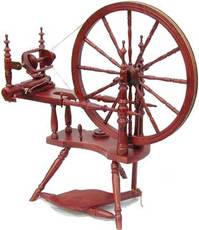
A tool to spin yarn in a mechanized fashion. Its arrival greatly red
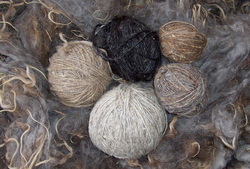
Fiber can be defined as any raw materials to be turned into yarn. Most often this material is animal or plant based, however the term can be used to refer to any material in many cases.
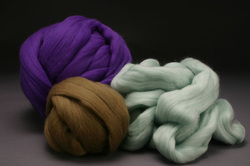
Fiber that's been combed to provide spinning fiber in which all the fibers are parallel. This preparation of fiber is best suited to worsted or semi worsted spinning.
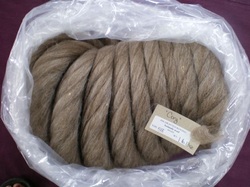
Commercially carded fiber (usually) made into a long continuous cord that is about 2"-3" thick. The fibers are going in multiple directions (but generally more aligned than a rolag or batt). This preparation of fiber is best suited to woolen spinning.
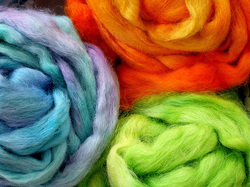
A much thinner version of roving.
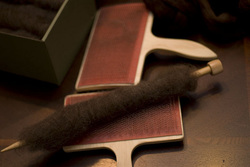
Hand carded fiber that's been pulled from the cards it forms a fluffy roll of fiber.
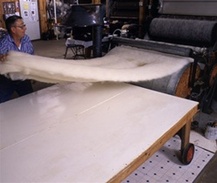
Fiber that has been drum carded, then pulled from the drum carder, forming a blanket of fiber.

The process by which a fiber is cleaned and intermingled to allow it to be further processed into yarn. It can be done by hand or machine.
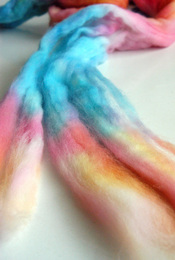
The pulling apart of a raw fiber from either roving or a bat to make a more slender strand. Done apart from spinning it is called pre-drafting, however it may be done while spinning as well. Its purpose is to generally spin a more evenly size yarn.
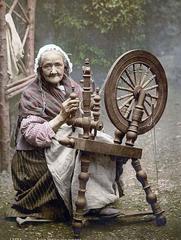
The art of turning raw fibers into thread, yarn, or rope by use of a spindle, spinning wheel, or some other mechanized form of twisting or spinning the fibers.

As illustrated in the picture it denotes the direction of the twist of yarn. If you spin counterclockwise you have an S twist, clockwise produces a Z twist. With plying you must use the opposite twist to not unravel the yarn.
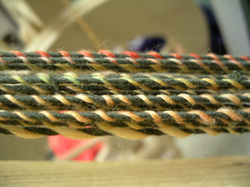
The spinning of 2 or more single strands of yarn to make a stronger and more durable yarn. This may also be used to balance a yarn.
There are a number of suppliers of spinning tools and accessories, nearly any yarn company will also have some spinning tools for sale. Some personal favorites of mine are:
*The Dancing Goats - includes various spinning tools such as drop spindles and distaffs.
*Wolverton Mountain - various spinning tools and fiber.
*Moonsong Ranch - various spinning tools and fiber.
*Knit Picks - various spinning tools, fiber, books, and dvds.
*Paradise Fiber Company - various spinning tools, fiber, books, and dvds.
Learning Resources:
*The Art of Megan on YouTube - this is how I learned to spin. She's very clear and has all of the essential parts of spinning on a drop spindle covered.
*Respect the Spindle - this comes in both book and dvd form. I haven't expressly used this before but it looks like a good investment.
I hope you enjoyed this informative post (they really are my favorite to write because I get to learn too!) If you did, please show me some love and leave a comment below! Learn something? Do you think I left something out? Have a suggestion for a future art or craft you'd like to know more about? And if you're new to the blog make sure you hit the button below and follow along, never missing a post again, subscribe for super special updates, and join me on social media!

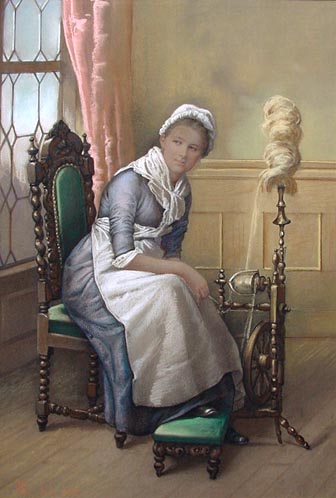

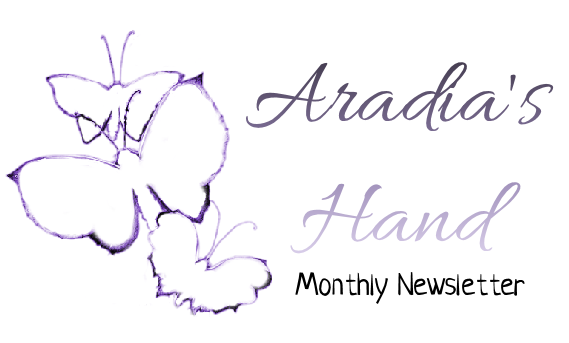






 RSS Feed
RSS Feed
